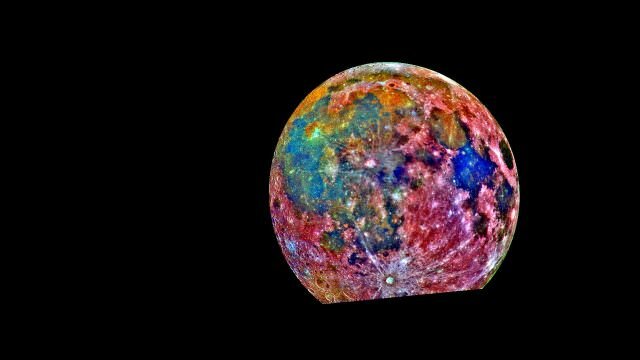Last updated January 10, 2018 at 2:58 pm
It was wet in the west, hot in the east, and warm all over.
Australia’s Bureau of Meteorology (BOM) released its Annual Climate Statement today, showing 2017 was the third hottest year on record for Australia. Temperatures across the country continued the trend of warming, with the national average temperature over 12 months of 22.75 °C, 0.95 °C higher than the 1961-1990 average.
Temperature map for Australia in 2017. Source: BOM
Feeling the heat
“Despite the lack of an El Niño – which is normally associated with our hottest years — 2017 was still characterised by very warm temperatures. Both day and night-time temperatures were warmer than average; particularly maximum temperatures, which were the second-warmest on record,” said Dr Karl Braganza, The Bureau’s Head of Climate Monitoring.
“Seven of Australia’s ten warmest years have occurred since 2005 and Australia has experienced just one cooler than average year—2011—in the past decade,” he said.
Brisbane experienced their hottest year ever, with Sydney, Canberra and Hobart having annual mean maximum temperatures in the top three ever recorded. The highest temperature recorded for the year was a scorching 48.2 °C at Tarcoola in South Australia on 9 February.
The record heat led to another mass coral bleaching event on the Great Barrier Reef in early 2017, following on from the previous bleaching event in 2016. This is the first time in recorded history the reef has experienced devastating back-to-back bleaching.
Despite the heat, the winter months saw the positive Southern Annual Mode conditions (how systems track around Antarctica) bring clear skies, frosty nights, and below average winter rainfall to the Southern parts of the country in SA, VIC and NSW.
Wet in the West
Rainfall was mixed over the country. There was a wetter start to the year in Western Australia and the Northern Territory, where they had their 9th wettest year on record. The wettest day of the year came courtesy of Cyclone Debbie, which dumped a whopping 635mm within 24 hours at Mt Jukes, just north of Mackay.
Generally across the Eastern states it was much drier, particularly over winter. It was the second driest June recorded nationally, the driest ever for Victoria. This follows a consistent trend that sees Australia receiving 10-20% below average winter rainfalls.
2017 Rainfall in Australia. Source: BOM
While international data is yet to be released, it’s likely that 2017 will be in the top 3 hottest years on record worldwide.
Australian weather summary 2017. Source: BOM
































































































































































































































































